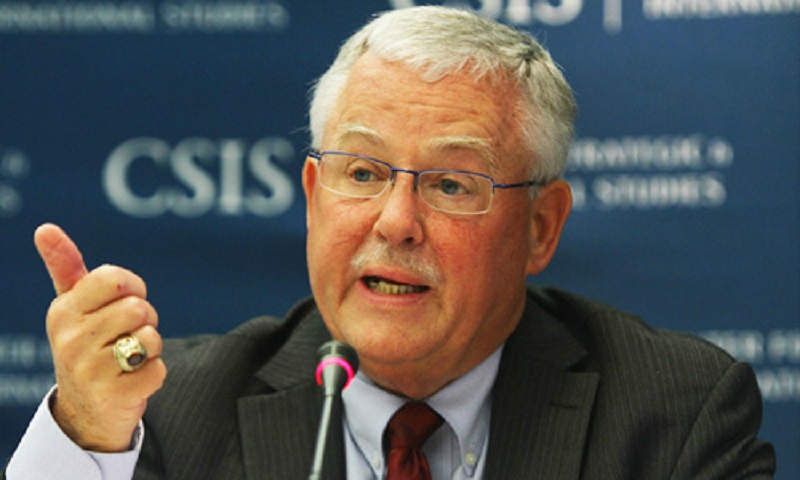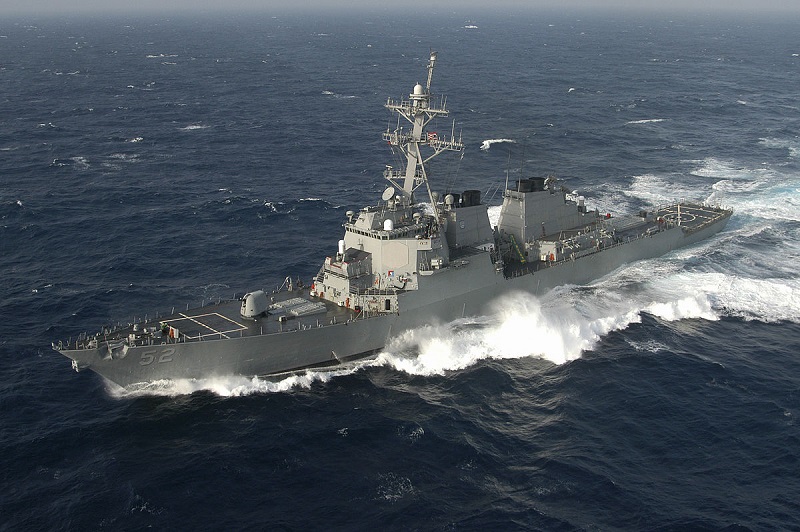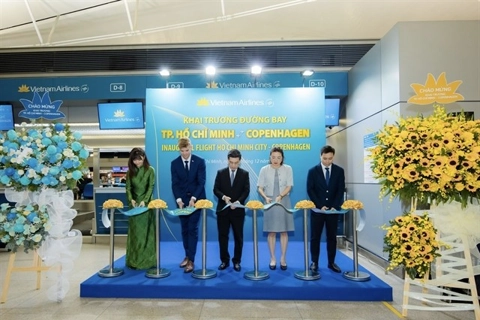US beefs up FONOPS in South China Sea since Trump presidency: Carl Thayer
The latest patrols took place on April 28-29 without encountering any unsafe or unprofessional behavior from Chinese military.
Since Donald Trump became president of the US in 2017, the US Department of Defense has stepped up the number of freedom of navigation operational patrols (FONOPS) in the South China Sea, according to Carl Thayer, Emeritus Professor at The University of New South Wales and Director of Thayer Consultancy.
| Carl Thayer, Emeritus Professor at The University of New South Wales and Director of Thayer Consultancy. Photo: VnExpress |
According a Thayer Consultancy Background Brief, May 1, 2020, the US Navy conducted six FONOPS in 2017, five in 2018, nine in 2019, and four in the first quarter of 2020.
The frequency is much higher than that under the Obama administration. The Obama administration presided over four FONOPs in the South China Sea near Chinese possessions, Ankit Panda wrote for The Diplomat in September 2017. Their irregularity made them appear subservient to political and diplomatic interests, undermining their legal signaling utility.
Under the National Defense Strategy of the United States in 2018, US military forces are enjoined to ‘Be strategically predictable, but operationally unpredictable’.
This was demonstrated by two unprecedented back-to-back FONOPS in the South China Sea conducted in late April.
On April 28, the guided missile destroyer USS Barry (DDG52) conducted a FONOP in the waters around the Paracel islands. The next day, on April 29, the guided missile cruiser USS Bunker Hill (CG52) conducted a similar patrol in waters around Gaven Reef in the Spratly islands.
According to a spokesperson for the US Navy’s 7th Fleet, the USS Bunker Hill “asserted navigational rights and freedoms in the Spratly islands, consistent with international law.”
| USS Barry (DDG52), an Arleigh Burke-class guided missile destroyer, commissioned in 1992. Photo: Navalnews |
China invariably responds predictably to what it perceives as “illegal intrusions” by US warships conducting freedom of navigation operational patrols in the South China Sea.
For example, in January this year, the USS Montgomery made a freedom of navigation patrol in the waters near Fiery Cross Reef in the Spratly islands. The Global Times quoted Senior Colonel Li Huamin, spokesperson for the People’s Liberation Army (PLA) Southern Theater Command, that PLA air and naval forces “tracked down and monitored the vessel’s course, verified and identified the vessel and expelled it.”
Senior Colonel Li also alleged that, “The US ship’s deliberate provocation during the traditional lunar Chinese New Year festival, which harbored ill intentions, is a naked act of navigational hegemony.”
On 28 April, in response to the USS Barry’s FONOP, Senior Colonel Li stated, “This is the first time the PLA Southern Theater Command has actively announced an illegal trespass of a US warship into waters off the Xisha Islands, and also the first time that an announcement was made on the same day since similar arrangements began in November 2018.”
This statement, also published by the Global Times, appears to be a garbled translation into English of Chinese obfuscation with a pinch of hyperbole thrown in for good measure.
Senior Colonel Li also tried to make capital out of the coronavirus pandemic that struck the crews of the USS Theodore Roosevelt and USS Kidd by alleging, “The US Navy’s recent operations near China show its own fear of losing presence and influence in the Asia-Pacific region amid multiple Covid-19 outbreaks on its warships.”
| USS Bunker Hill (CG52), a Ticonderoga-class guided missile cruiser of the United States Navy, commissioned on 20 September 1986. Photo: Deanoinamerica |
However, a US Navy spokesperson spoke with respect to the USS Barry’s patrol, “the operation proceeded as planned without encountering any unsafe or unprofessional behavior from Chinese military aircraft or warships.”
In sum, China is engaged in information warfare by trying to portray itself as acting staunchly in defense of China’s claim to “indisputable sovereignty” in the South China Sea, while acting circumspectly in the face of a more powerful naval adversary.
The US, for its part, is shrugging off the public relations setback of the coronavirus infection of the crew of the USS Theodore Roosevelt by demonstrating strategic predictably – by maintaining a naval presence in the South China Sea – while also executing operational unpredictability – two back-to-back FONOPS.
Prior to the two FONOPS, it should be noted, the USS Barry twice transited the Taiwan Strait in April. The USS Bunker Hill accompanied the USS America to demonstrate naval presence in waters off East Malaysia where a Chinese survey vessel and a China Coast Guard ship were harassing oil exploration activities conducted by a drillship on contract to Petronas, Malaysia’s state-owned oil company, Thayer said.














